Introduction
In the world of canine companions, few things can send pet owners into a frenzy quite like the mention of respiratory illnesses. From the dreaded kennel cough to the more mysterious atypical respiratory diseases, understanding what’s going on in our dogs’ lungs is crucial for their well-being. This guide will dive deep into the various types of dog respiratory illnesses, their causes, symptoms, treatments, and preventive measures, ensuring you’re well-equipped to keep your furry friend healthy. So grab a treat for your pup and let’s explore the ins and outs of canine respiratory health—because nothing is more important than a happy, healthy dog!
Dogs, like humans, can face a myriad of respiratory challenges. The canine respiratory system can be affected by infections, allergens, and environmental factors. It’s essential to recognize that our four-legged friends can’t voice their discomfort. Instead, they rely on us to notice the signs and symptoms that may indicate something amiss.
Recent trends show a spike in respiratory illnesses, with Canine Infectious Respiratory Disease Complex (CIRDC) making headlines. This complex of infections can hit dogs hard, especially in crowded settings like boarding facilities. It’s crucial for dog owners to stay informed about these conditions and the best practices for prevention.
Understanding the importance of selecting reputable boarding facilities is essential for your dog’s respiratory health.
With veterinary experts weighing in on recent outbreaks, it’s clear that understanding these illnesses can make a significant difference in your dog’s health. Being proactive about your dog’s respiratory health ensures that they remain the playful, tail-wagging companions we all adore.
So, let’s embark on this informative journey together! By the end, you’ll be armed with knowledge to help your furry friend breathe easy and live a vibrant life. Your dog deserves nothing less than your best efforts in keeping their health in check.

Summary
This article will provide an in-depth understanding of dog respiratory illnesses, particularly focusing on Canine Infectious Respiratory Disease Complex (CIRDC) and atypical respiratory diseases that have recently emerged. It will cover:
- What is Dog Respiratory Illness?: An overview of common respiratory illnesses in dogs, including causes and symptoms.
- Latest Trends and Outbreaks: Insight into the recent spike in cases across the U.S., highlighting significant findings from veterinary studies and health authorities.
- Symptoms to Watch For: A detailed list of signs that may indicate your dog is suffering from a respiratory illness, including coughing, sneezing, lethargy, and more.
- Diagnosis and Treatment: What to expect during a veterinary visit, including diagnostic tests and common treatment options available for different types of respiratory illness.
- Preventive Measures: Tips for dog owners on how to minimize risks, including vaccination schedules, hygiene practices, and monitoring socialization with other dogs.
- Expert Opinions: Insights from veterinarians and health experts regarding the nature of recent respiratory illness outbreaks and what they mean for dog owners.
By the end of this guide, dog owners will have a thorough understanding of respiratory illnesses affecting their pets, empowering them to take proactive steps in safeguarding their canine companions’ health.
Awareness of dog respiratory illness is vital. Pet owners can help ensure their furry friends stay healthy by understanding the symptoms, seeking timely veterinary care, and adopting preventive measures. With the right knowledge, you can navigate the challenges that respiratory illnesses present, keeping your beloved pup happy and healthy for years to come.
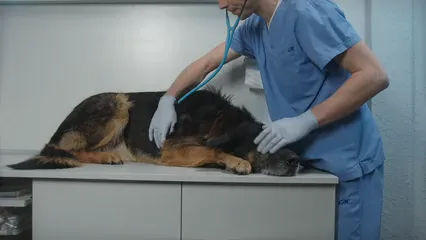
The Basics of Dog Respiratory Illness
What is Dog Respiratory Illness?
Dog respiratory illness refers to a range of conditions affecting the canine respiratory system. These illnesses can disrupt how your dog breathes and overall health. Recognizing the signs early is crucial. Ignoring symptoms can lead to serious complications.
Different types of respiratory illnesses in dogs include Canine Infectious Respiratory Disease Complex (CIRDC), kennel cough, and pneumonia. Each condition has its own causes and treatment options. For instance, CIRDC is often caused by a mix of viral and bacterial infections. It’s important to understand these distinctions to provide the best care for your furry friend.
Speaking of care, having a Dog First Aid Kit on hand can be a lifesaver in emergencies. You never know when your pup might need a little extra help, so being prepared is key!
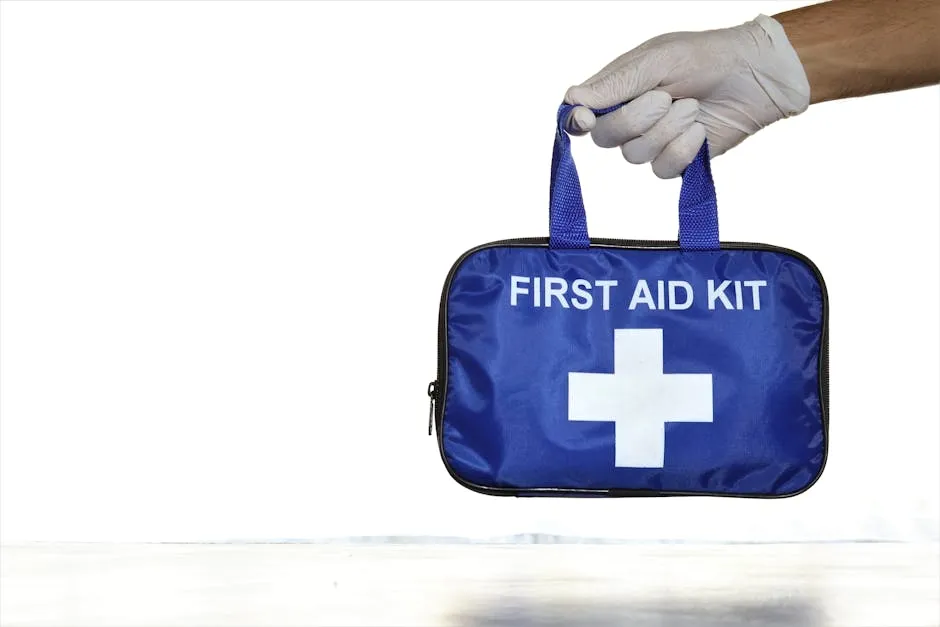
Common Causes of Respiratory Illness in Dogs
Several factors can lead to respiratory illness in dogs. Viral agents are common culprits. Canine parainfluenza and canine influenza are two notorious offenders. These viruses spread quickly, especially in crowded environments like kennels and dog parks.
Bacterial agents also play a significant role. Bordetella bronchiseptica, known for causing kennel cough, is a major player in respiratory infections. This bacterium can lead to severe coughing and distress in dogs.
Environmental factors shouldn’t be overlooked. Allergens like pollen, dust, and smoke can irritate a dog’s airways. Pollutants, such as car exhaust, can exacerbate respiratory issues. Keeping your dog’s environment clean and allergen-free is essential for their health. To help with that, consider using a Dog Air Purifier to keep their space fresh and clean!

Symptoms of Respiratory Illness in Dogs
Recognizing symptoms of respiratory illness can be challenging, as dogs can’t communicate their discomfort. Common symptoms include coughing, sneezing, and nasal discharge. Lethargy and decreased appetite are also warning signs.
Mild cases may only cause slight coughing and sneezing. Your dog might seem a bit off but still playful. Severe cases, however, can lead to labored breathing and intense lethargy. If your dog exhibits severe symptoms, it’s vital to consult a veterinarian promptly.
Timely intervention can be the difference between a quick recovery and serious complications. If symptoms persist, don’t hesitate to seek veterinary advice. Your dog’s health is worth it!
Understanding these basics about dog respiratory illness will help you take proactive steps in caring for your pet. With early detection and proper care, you can ensure your dog remains happy and healthy. And hey, don’t forget the importance of keeping your dog’s teeth clean! A Dog Toothbrush and Toothpaste Set can keep their pearly whites in check!
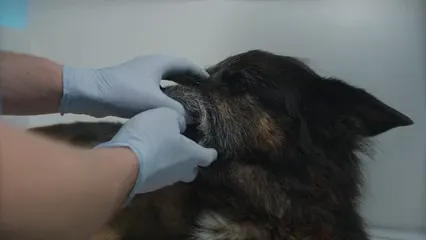
Diagnosis and Treatment
How is Dog Respiratory Illness Diagnosed?
When your pooch starts coughing, sneezing, or sounding like a broken toy, it’s time for a vet visit. But how do veterinarians figure out what’s wrong? The process usually begins with a thorough history-taking. They’ll ask about your dog’s symptoms, recent activities, and exposure to other dogs. This information is crucial. It helps them narrow down potential causes.
Next up? The physical examination. Vets will check your dog’s vital signs, listen to their lungs, and feel for any unusual signs. Sometimes, they may recommend diagnostic tests. These can include blood tests, X-rays, or throat swabs. Such tests help identify the specific pathogens causing the respiratory issues. Remember, a solid diagnosis is the first step toward effective treatment. Ignoring symptoms may lead to complications down the line.
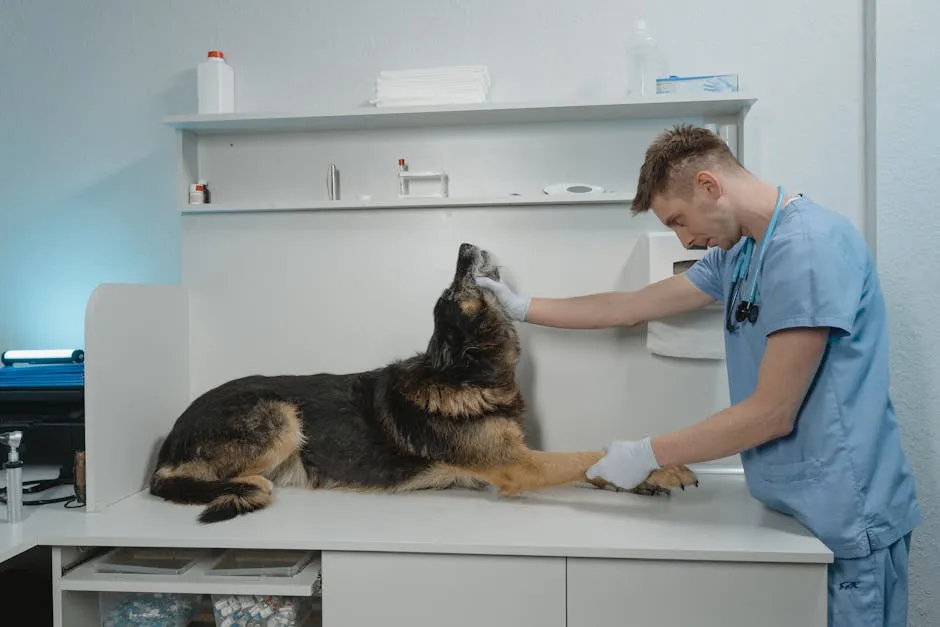
Treatment Options for Respiratory Illness
Treatment for respiratory illness in dogs can vary widely. For mild cases, your vet may recommend supportive care at home. This usually includes plenty of rest, hydration, and a cozy environment. Sometimes, cough suppressants or anti-inflammatory medications may be prescribed. These can ease your dog’s discomfort and help them recover faster.
However, if your dog’s condition worsens, hospitalization may be necessary. Severe cases, particularly those showing signs of pneumonia, require more intensive care. Oxygen therapy and intravenous fluids might be administered. In some situations, antibiotics come into play. They’re crucial if a secondary bacterial infection is suspected. But let’s be clear: antibiotics won’t help if the cause is viral. So, your vet’s expertise in diagnosing the issue is paramount.
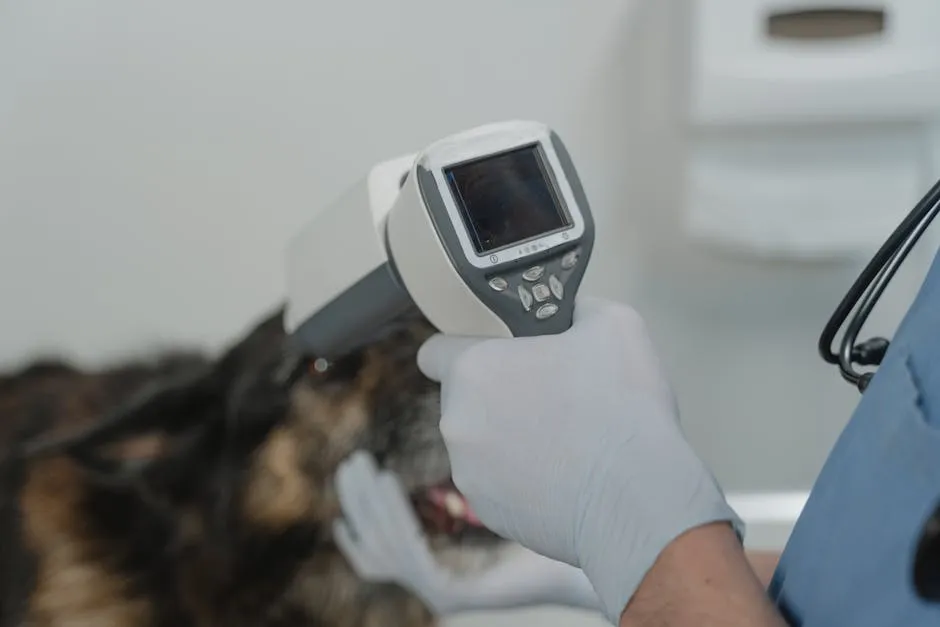
The Role of Vaccination
Vaccination plays a starring role in preventing respiratory illnesses in dogs. It’s like giving your furry friend a superhero cape! Vaccines protect against common culprits, like canine parainfluenza and Bordetella bronchiseptica. Keeping your dog’s vaccinations up to date minimizes the risk of respiratory infections significantly.
Routine vaccinations are especially important for dogs that frequent dog parks, daycares, or boarding facilities. In these environments, the risk of exposure to pathogens is higher. Vaccines work by priming your dog’s immune system to recognize and fight off these illnesses. A well-vaccinated pup is less likely to develop severe respiratory issues. So, don’t forget those vet visits! Keeping your dog healthy is a priority that pays off in peace of mind.
And while we’re at it, consider keeping a Dog Vaccination Schedule Book to track all those important shots!
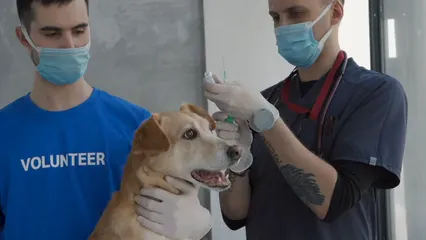
Preventive Measures
Keeping Your Dog Safe from Respiratory Illness
Preventing respiratory illness in dogs starts with regular vet check-ups. These visits allow your veterinarian to monitor your dog’s health and recommend necessary vaccinations. Staying up to date on vaccinations is crucial. It helps protect your pup against common respiratory infections.
Hygiene is another key player in keeping illness at bay. Regularly clean your dog’s toys, bowls, and bedding. Avoid communal water bowls at parks, as these can harbor germs. Socialization is important, but be cautious. Limit interactions with unknown dogs, especially those showing signs of illness. Keeping your dog healthy is a team effort, and vigilance is key.
Speaking of hygiene, a Pet Odor Eliminator Spray can help keep your living space fresh and clean, eliminating any lingering smells that come with having a furry friend!
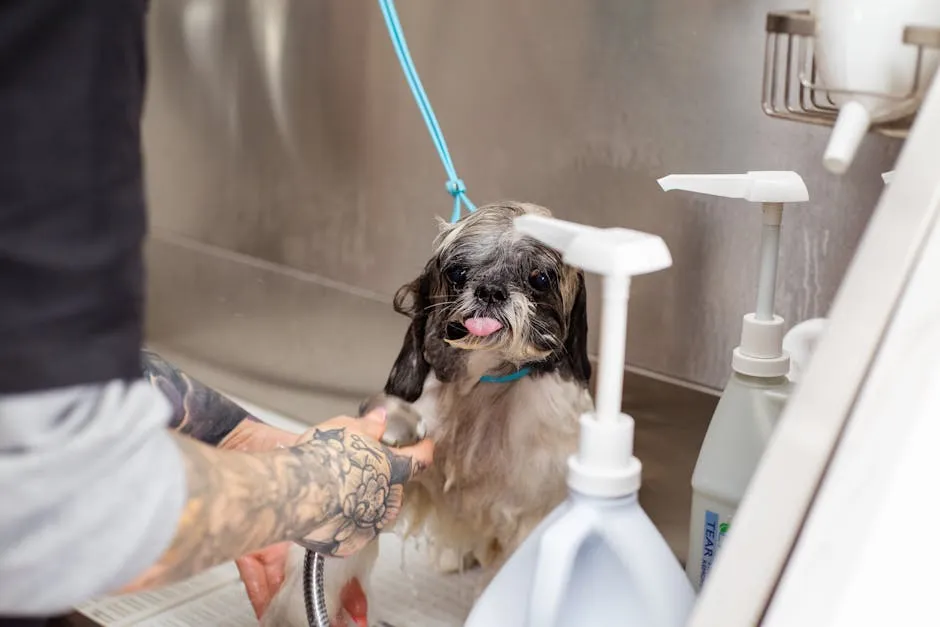
Best Practices for Dog Owners
Managing your dog’s social life is essential for their health. When mingling with other dogs, consider their vaccination status. For example, if you’re heading to a dog park, make sure the pups are up to date on their shots. Avoid crowded places when respiratory illnesses are on the rise.
Boarding facilities and daycare centers also pose risks. Inquire about their health protocols. A reputable facility will have strict cleanliness and vaccination policies. Remember, it’s better to be safe than sorry.
Additionally, investing in a Dog Carrier Backpack can ensure that your pup travels safely and comfortably, especially in busy environments!
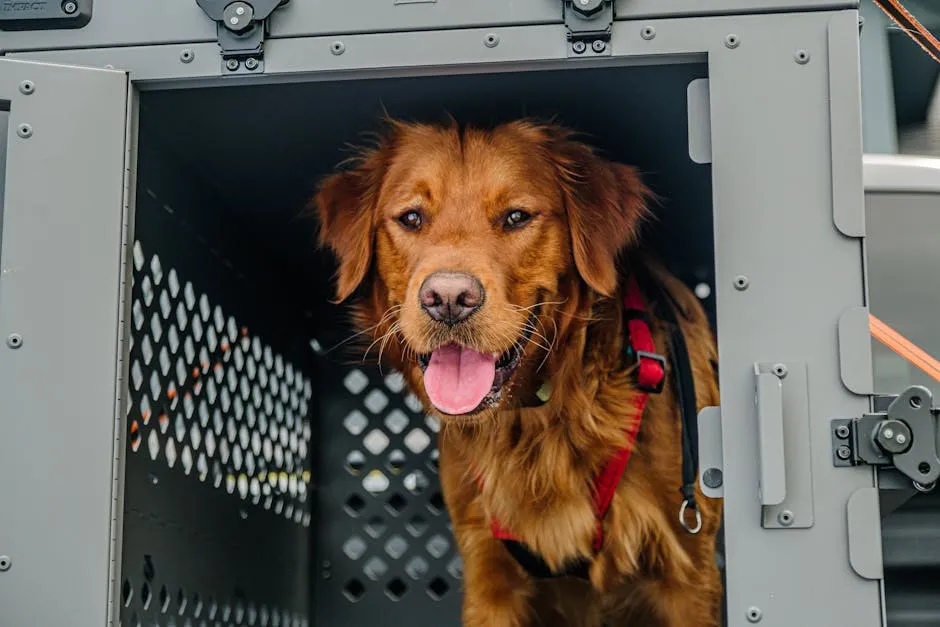
What to Do If Your Dog Shows Symptoms
If your dog starts showing respiratory symptoms, don’t panic! Here’s a quick guide on what to do. First, isolate your pup from other dogs to prevent spreading any illness. Next, contact your veterinarian. Describe the symptoms clearly. This helps them prepare for your visit and take precautions to protect other pets.
Monitor your dog closely. If symptoms worsen, such as lethargy or difficulty breathing, seek immediate veterinary care. Following these steps ensures your pup gets the help they need quickly. Your furry friend’s health is worth every effort!

Conclusion
In conclusion, dog respiratory illnesses can be worrisome for pet owners, but knowledge is power. By understanding the symptoms, causes, and preventive measures, you can significantly reduce risks. Regular veterinary care is essential. Keeping your dog’s vaccinations up to date is crucial for their protection. A healthy environment also plays a key role in safeguarding respiratory health.
Consider your dog’s surroundings. Dust, smoke, and allergens can aggravate their respiratory system. Regular cleaning and fresh air can help keep your pup breathing easy. Pay attention to their behavior. If your dog seems lethargic or shows any signs of respiratory distress, act quickly. Early detection often leads to better outcomes.
Moreover, socialization is important but requires caution. Avoid crowded places during outbreaks of respiratory illnesses. Protect your dog from potential exposure to sick animals. Always ask about vaccination protocols when using boarding services or doggy daycares. A little vigilance can go a long way in preventing respiratory issues.
Finally, keep yourself informed. Stay updated on recent trends regarding canine respiratory illnesses. Awareness can help you make informed decisions about your dog’s health. By being proactive and informed, you will ensure that your furry friend remains happy and healthy, ready to enjoy life by your side. After all, a healthy dog is a happy dog!

FAQs
What are the first signs of a respiratory illness in dogs?
Common initial signs include coughing, sneezing, lethargy, and nasal discharge. Other symptoms can vary based on the severity of the illness.
How can I prevent my dog from getting kennel cough?
To prevent kennel cough, keep vaccinations current. Avoid contact with sick dogs and practice good hygiene. Washing your hands after interacting with other dogs can help reduce the spread.
Are certain breeds more susceptible to respiratory illnesses?
Yes, brachycephalic breeds, such as pugs and bulldogs, are more prone to respiratory issues. Their unique anatomical structure makes them vulnerable to breathing difficulties.
Should I be worried if my dog is coughing?
It depends on the severity and duration of the cough. If your dog coughs persistently or shows other symptoms, consulting a veterinarian is recommended.
Can I catch a respiratory illness from my dog?
Most canine respiratory illnesses do not transmit to humans. However, maintaining good hygiene, such as washing hands after handling your pet, is always a good practice.
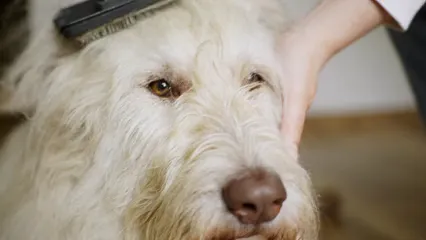
Recent Trends and Outbreaks
The Emergence of Atypical Canine Respiratory Disease
Canine respiratory illnesses have recently made headlines. Atypical cases of canine infectious respiratory disease complex (CIRDC) are on the rise. First reported in Oregon, these cases have spread to several states, alarming dog owners everywhere. In the summer of 2023, veterinarians in Oregon noted unusual symptoms in dogs, which included prolonged coughing and severe respiratory distress.
Reports indicate that over 200 cases emerged in Oregon alone, particularly in the Portland Metro area. Other states, such as Colorado and New Hampshire, also faced similar spikes in CIRDC cases. This unusual increase caught the attention of veterinarians and health officials alike. They are now investigating the underlying factors contributing to these outbreaks.
Dr. Scott Weese, from Guelph Ontario Veterinary College, highlighted that while things seem to calm down, the emergence of atypical cases raises valid concerns. Many affected dogs experienced prolonged symptoms that did not respond to standard treatments. Some even developed secondary pneumonia, prompting further investigation into potential new pathogens.

Key Findings from Veterinary Research
Veterinary diagnostic laboratories have been busy analyzing samples from affected dogs. Initial findings from the New Hampshire Veterinary Diagnostic Laboratory suggest a potential novel bacterial pathogen. Genetic material from this unfamiliar organism was found in 31 out of 226 tested samples. While still in preliminary stages, these findings hint at a new player in the canine respiratory illness arena.
However, experts caution against jumping to conclusions. Many dogs exhibiting severe symptoms had underlying health issues. This complicates the situation, making it hard to determine if a new pathogen is responsible for recent outbreaks. Dr. Kim Dodd from the Michigan State University Veterinary Diagnostic Laboratory noted that CIRDC often involves multiple pathogens. Thus, identifying a singular cause is tricky and may not be feasible.

Geographic Distribution of Cases
Geographically, the outbreaks have predominantly affected the West Coast. Oregon and Colorado saw the highest incidence rates. Other states, like California and Florida, reported cases but in lesser numbers. It appears that environmental factors and increased dog socialization may contribute to the spread of respiratory illnesses.
The recent trends indicate that dog parks, boarding facilities, and daycare centers may be hotspots for transmission. This is particularly concerning, given that respiratory illnesses can spread rapidly in crowded environments. Dog owners should remain vigilant when visiting such places, especially during reported outbreaks. Ensuring vaccinations are up to date and monitoring their dogs for symptoms can help mitigate risks.
In summary, the emergence of atypical canine respiratory disease underscores the importance of awareness and vigilance among dog owners. Staying informed about recent trends and outbreaks can empower pet owners to take proactive measures in safeguarding their furry companions. As the veterinary community continues to investigate these cases, proactive care, timely vaccinations, and caution in social settings will be crucial for protecting our beloved dogs.
Please let us know what you think about our content by leaving a comment down below!
Thank you for reading till here 🙂
All images from Pexels





